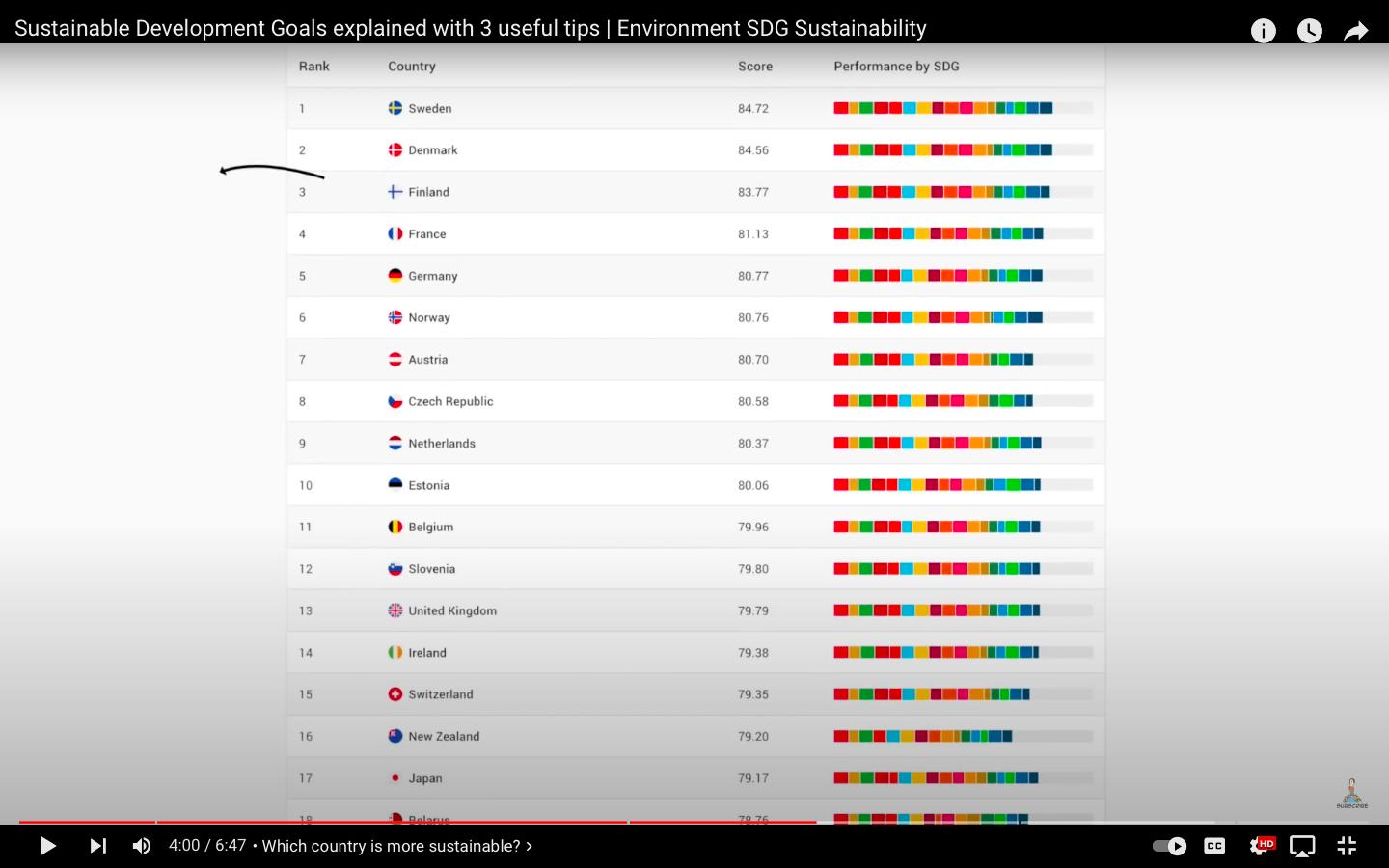Agenda of Sustainable Development
GLOBA Land LOCAL Prof.Prof.A.PhilippiJr Prof.W.M.RissoGunther, Prof.F.B.Bueno, Prof.Prof.K.M.Mahdi,G.N.Forouzandeh,
HABITAT II
• Second United Nations Conference on Human Settlements was held in Istanbul, Turkey in 1996. 171 heads of government were participated in Habitat II.
• Habitat I held in Vancouver in 1976. Popularly called the "City Summit", it brought together high - level representatives of national and local governments, as well as private sector, NGOs, research and training institutions and the media.
• Universal goals of ensuring adequate shelter for all and human settlements safer, healthier and more livable cities, inspired by the Charter of the United Nations, were discussed and endorsed.
Prof.Prof.A.PhilippiJr Prof.W.M.RissoGunther, Prof.F.B.Bueno, Prof.Prof.K.M.Mahdi,G.N.Forouzandeh, REFERENCE:E.F.Huseynov,
SUPPORTING SDG IN AZERBAIJAN
• The UN and its partners in Azerbaijan are working towards achieving the (SDGs)
• 17 interconnected and ambitious Goals which address the major development challenges faced by people in Azerbaijan and around the world.
• Azerbaijan has prioritized 17 SDGs, 88 targets, and 119 indicators covering economic, social, and environmental aspects of sustainable development.
•



SDG INDICATORS
• The global indicator framework for Sustainable Development Goals was developed by the Inter- Agency and Expert Group on SDG Indicators (IAEG - SDGs ) and agreed upon at the 48th session of the United Nations Statistical Commission.
OFFICIAL LIST OF SDG INDICATORS
• Goal 1. End poverty in all its forms everywhere
• Goal 2. End hunger, achieve food security and improved nutrition and promote sustainable agriculture
• Goal 3. Ensure healthy lives and promote well -being for all at all ages
• Goal 4. Ensure inclusive and equitable quality education and promote lifelong learning opportunities for all
• Goal 5. Achieve gender equality and empower all women and girls
• Goal 6. Ensure availability and sustainable management of water and sanitation for all
• Goal 7. Ensure access to affordable, reliable, sustainable and modern energy for all
• Goal 9. Build resilient infrastructure, promote inclusive and sustainable industrialization and foster innovation
• Goal 10. Reduce inequality within and among countries
• Goal 11. Make cities and human settlements inclusive, safe, resilient and sustainable
• Goal 12. Ensure sustainable consumption and production patternsProf.Prof.A.PhilippiJr Prof.W.M.RissoGunther, Prof.F.B.Bueno, Prof.Prof.K.M.Mahdi,G.N.Forouzandeh, REFERENCE:E.F.Huseynov,
• Goal 13. Take urgent action to combat climate change and its impacts
• Goal 14. Conserve and sustainably use the oceans, seas and marine resources for sustainable development
• Goal 15. Protect, restore and promote sustainable use of terrestrial ecosystems, sustainably manage forests, combat desertification, and halt and reverse land degradation and halt biodiversity loss
• Goal 16. Promote peaceful and inclusive societies for sustainable development, provide access to justice for all and build effective, accountable and inclusive institutions at all levels
• Goal 17. Strengthen the means of implementation and revitalize the Global Partnership for Sustainable Development Prof.Prof.A.PhilippiJr Prof.W.M.RissoGunther, Prof.F.B.Bueno, Prof.Prof.K.M.Mahdi,G.N.Forouzandeh,

Prof.Prof.A.PhilippiJr Prof.W.M.RissoGunther, Prof.F.B.Bueno, Prof.Prof.K.M.Mahdi,G.N.Forouzandeh, REFERENCE:E.F.Huseynov,


Prof.Prof.A.PhilippiJr Prof.W.M.RissoGunther, Prof.F.B.Bueno, Prof.Prof.K.M.Mahdi,G.N.Forouzandeh, REFERENCE:E.F.Huseynov,

Prof.Prof.A.PhilippiJr Prof.W.M.RissoGunther, Prof.F.B.Bueno, Prof.Prof.K.M.Mahdi,G.N.Forouzandeh, REFERENCE:E.F.Huseynov,

TIER CLASSIFICATION FOR GLOBAL SDG INDICATORS
• Tier 1: Indicator is conceptually clear, has an internationally established methodology and standards are available, and data are regularly produced by countries for at least 50 per cent of countries and of the population in every region where the indicator is relevant .
• Tier 2: Indicator is conceptually clear, has an internationally established methodology and standards are available, but data are not regularly produced by countries .
• Tier 3: No internationally established methodology or standards are yet available for the indicator, but methodology/standards are being (or will be) developed or tested. (As of the 51st session of the United Nations Statistical Commission, the global indicator framework does not contain any Tier III indicators)
Prof.W.M.RissoGunther,

LEVERAGING UN INVESTMENTS TO ADVANCE THE SUSTAINABLE DEVELOPMENT GOALS
• This graphic shows how UN funding is contributing to the work of different agencies and partners to advance the Sustainable Development Goals (SDGs).








Prof.Prof.A.PhilippiJr Prof.W.M.RissoGunther, Prof.F.B.Bueno, Prof.Prof.K.M.Mahdi,G.N.Forouzandeh, REFERENCE:E.F.Huseynov,






Prof.Prof.A.PhilippiJr Prof.W.M.RissoGunther, Prof.F.B.Bueno, Prof.Prof.K.M.Mahdi,G.N.Forouzandeh, REFERENCE:E.F.Huseynov,



Prof.Prof.A.PhilippiJr Prof.W.M.RissoGunther, Prof.F.B.Bueno, Prof.Prof.K.M.Mahdi,G.N.Forouzandeh, REFERENCE:E.F.Huseynov,

AZERBAIJAN KEEPING STRONG IN ACHIEVING “2030
AGENDA”
• In October 2016, the President of Azerbaijan signed a decree establishing the National Coordination Council for Sustainable Development (NCCSD) chaired by the Deputy Prime Minister to also become an active participant of 2030 Agenda.
• This marks a significant step towards integrating Sustainable Development Goals (SDGs) into national development agenda in Azerbaijan.
• Policy documents and roadmaps have been developed within NCCSD has already supported Azerbaijan's development trajectory to support its ambitions toward SDGs.
• 17 juil 2017 — Along with other 192 UN Member States, the. Republic of Azerbaijan endorsed the 2030 Agenda for Sustainable Development
Prof.Prof.A.PhilippiJr Prof.W.M.RissoGunther, Prof.F.B.Bueno, Prof.Prof.K.M.Mahdi,G.N.Forouzandeh, REFERENCE:E.F.Huseynov,









Habitat II, the Second United Nations Conference on Human Settlements was held in Istanbul, Turkey from June 3–14, 1996, twenty years after Habitat I held in Vancouver in 1976. Popularly called the "City Summit", it brought together high-level representatives of national and local governments, as well as private sector, NGOs, research and training institutions and the media. Universal goals of ensuring adequate shelter for all and human settlements safer, healthier and more livable cities, inspired by the Charter of the United Nations, were discussed and endorsed.
Prof.Prof.A.PhilippiJr Prof.W.M.RissoGunther, Prof.F.B.Bueno, Prof.Prof.K.M.Mahdi,G.N.Forouzandeh, REFERENCE:E.F.Huseynov,
